Vesta, the brightest asteroid in our Solar System’s asteroid belt, was one of the very first asteroids to be discovered. The story of how Vesta was discovered is one full of failure, jealously and discredited theories, as all good science history should be.
Today we know of around two million asteroids in the asteroid belt between Mars and Jupiter, but 250 years ago the existence of anything at all in that area of the sky was mere speculation.
In 1766 a German astronomer and mathematician, Johann Daniel Titius formulated a mathematical law for explaining and predicting the spacing between planets in a planetary system. This is the first discredited theory we will meet in this story.
- For more stories like this, visit our dedicated history of astronomy webpage.
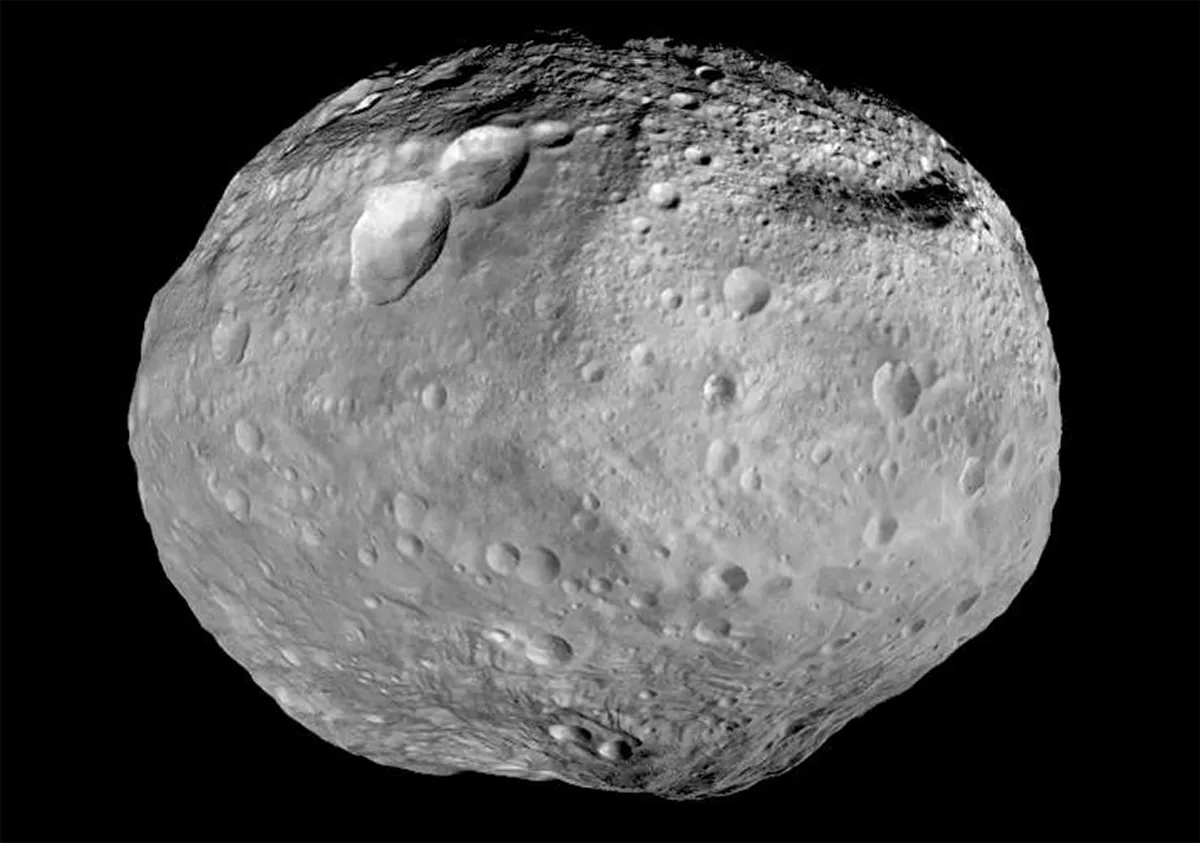
According to Titius’s law, astronomers should find a planet between Mars and Jupiter as well as more, further out, yet none at this point had been found.
Despite this lack of proof, six years after Titius first published his law it was adopted and popularised by German astronomer Johann Elert Bode. Then, on 13 March 1781, William Herschel discovered Uranus where the law predicted a planet should be.
Who were the Celestial Police?
Johann Schröter (1745–1816)

Johann Schröter was a lawyer turned astronomer. When William Herschel discovered Uranus, Schröter gave up law to devote all his time to observing. He is best known for his observations and accompanying drawings of the features of our nearest planets.
Baron Franz Xaver von Zach (1754–1832)

Originally from Budapest in Hungary, Baron Franz Xaver von Zach lived and worked in Paris, London and various European cities, sometimes as a private tutor, at other times a lecturer or in an Observatory. Towards the 18th-century’s end, he helped put together the Celestial Police.
Karl Harding (1765–1834)

Karl Harding was employed as a tutor to Schröter’s son, before being promoted to be an astronomical assistant and observer at Schröter’s observatory in Lilienthal. Today, he is best known for his discovery of the third asteroid, Juno, in 1804, which he discovered at Schröter’s observatory.
Heinrich Olbers (1758–1840)
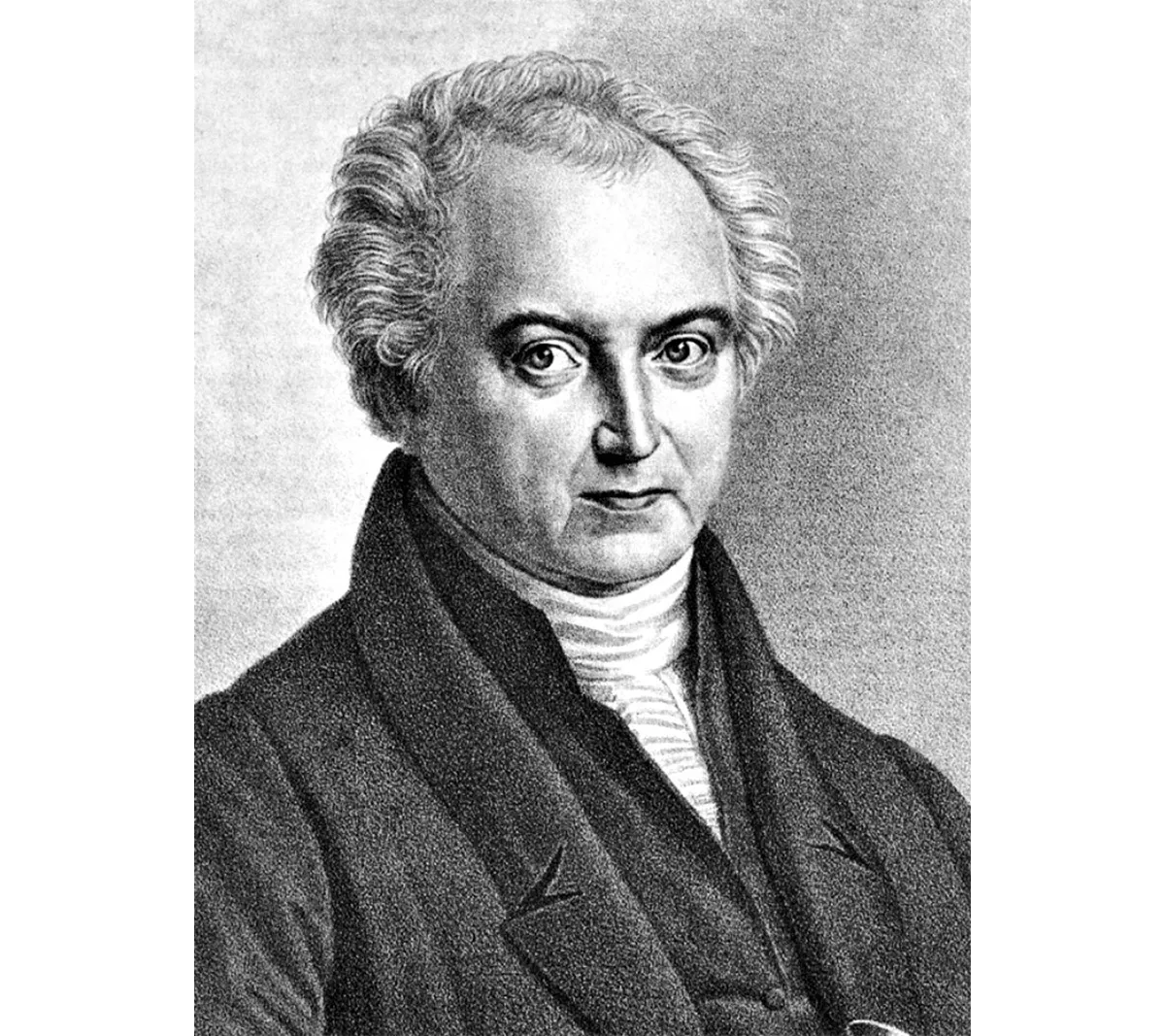
Heinrich Olbers studied to be a physician before turning to astronomy. He discovered the asteroid Pallas in March 1802 and five years later discovered Vesta. Olbers believed the asteroid belt was formed when a single planet was destroyed in a collision with a comet.
Following this success of what had now become the Titius-Bode law, interest in that region between Mars and Jupiter grew.
Baron Franz Xaver von Zach and Johann Hieronymus Schröter, owner of an observatory at Lilienthal in Germany, both took it upon themselves to create and galvanise an active community of astronomers to search for missing planets.
After a suggestion made by Joseph-Jérome de Lalande, Zach and Schröter, together with Karl Harding, Heinrich Olbers, Freiherr von Ende and Johann Gildemeister formed a group calling themselves the ‘Celestial Police’.
Their aim was to organise and coordinate a large, international project to find the missing planet by assigning different sections of the sky to different astronomers across the world.
In all, they wrote to 24 astronomers across Europe, inviting them to join the Celestial Police to hunt for this missing object. They sent out their letters in 1800.
Meanwhile, before even receiving his invitation, Italian priest turned astronomer Giuseppe Piazzi spotted Ceres in the exact place Titius-Bode’s law predicted on 1 January 1801.
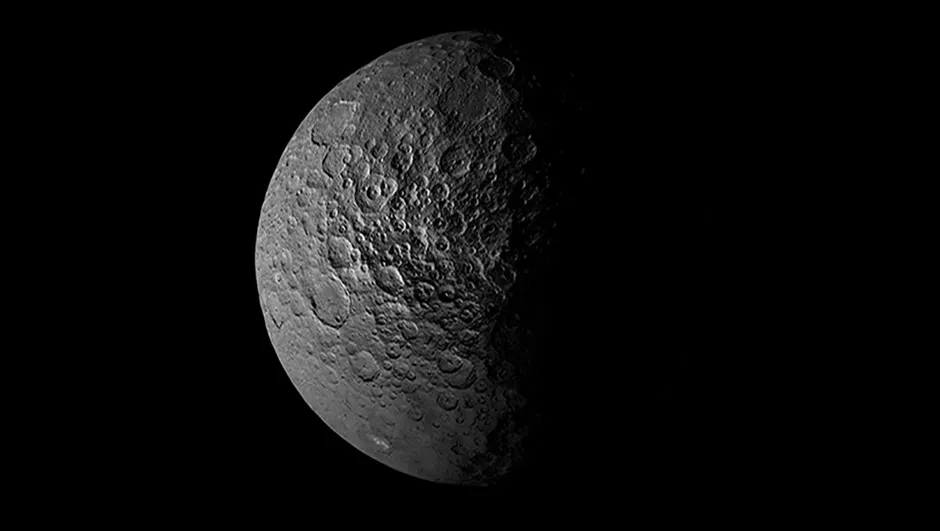
Piazzi immediately announced his discovery in a letter to fellow Italian astronomer Barnaba Oriani, taking the precaution (as William Herschel had done before him) of claiming to have discovered a comet.
Comet hunting by 1801 was a well-established and respectable astronomical activity. Lots of people hunted for and discovered them.
Planets were more unusual and to make such a claim could, if mistaken, have appeared arrogant and ungentlemanly.
Piazzi did however hint at his suspicion, telling Oriani in his letter that while he thought he had found a comet, in fact, "it might be something better".
News of this discovery passed across Europe and astronomers across the continent observed, checked and calculated its orbit, until it was eventually agreed that this was indeed a new – if rather small – planet.
Piazzi could now name it, choosing the title Ceres, after the Roman goddess of agriculture.Undeterred, the Celestial Police continued their search for unexplained objects along the ecliptic that were not stars.
How asteroid Vesta was discovered

Over a year after the Celestial Police began their search, Heinrich Olbers, observing from the upper story of his home (which he’d turned into an observatory), discovered a second object, Pallas, on 28 March 1802.
Olbers had actually been trying to take further observations of Ceres to help get a better understanding of this new planet when he came across Pallas.
Once established as another planet (the term asteroid was still not in use), Olbers named it Pallas, after the Roman goddess of Wisdom.
Still the Celestial Police continued their searching and this time it was Karl Harding’s turn to make a discovery, finding yet another body within the asteroid belt in 1804. When Harding discovered his asteroid,
he named it Juno, after the highest Roman goddess.
Three years later, in March 1807, Heinrich Olbers made his second discovery in the asteroid belt: Vesta.
He chose the name, in keeping with the tradition so far established, of selecting the name of a Roman goddess.This time he chose Vesta, Roman goddess of the hearth, the home and of family.
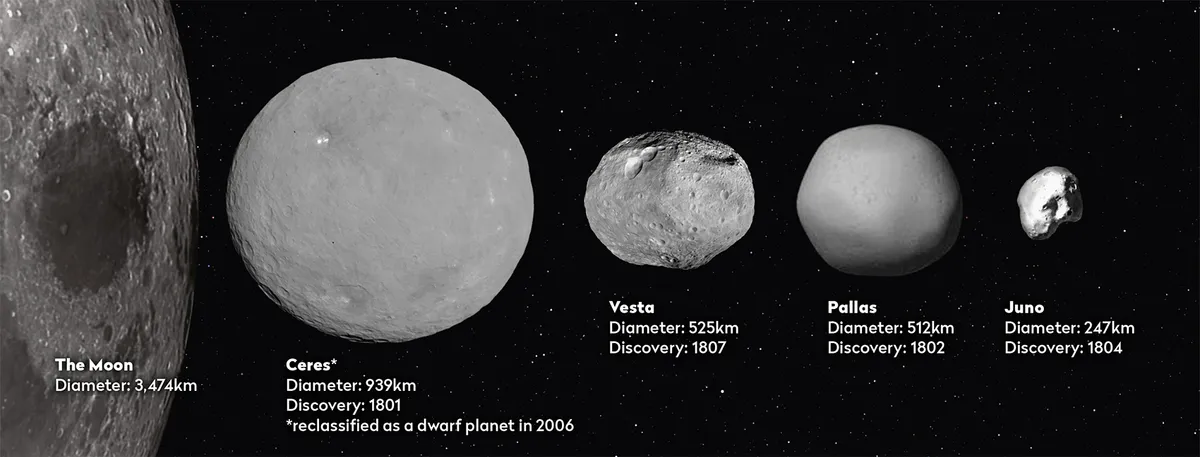
His search began when he started to hypothesise that perhaps Ceres and Juno were fragments of a former planet.
This is the second now discredited theory in this story. Both Ceres and Juno, Olbers noted, were rather small to be the planet predicted by the Titius-Bode law.
What if, he suggested in a letter to Carl Friedrich Gauss in 1802, "…Ceres and Pallas were fragments of a former larger planet that had been destroyed by colliding with a comet?"
He went on: "Might we then still discover more pieces of this previously existing planet at its appropriate position?"
The discovery of Juno seemed to confirm his suspicions, as did his own discovery of Vesta.
Today it’s believed that the asteroid belt is more likely to be pieces of a planet that never formed thanks to the disruption of the formation process by Jupiter’s gravitational pull.
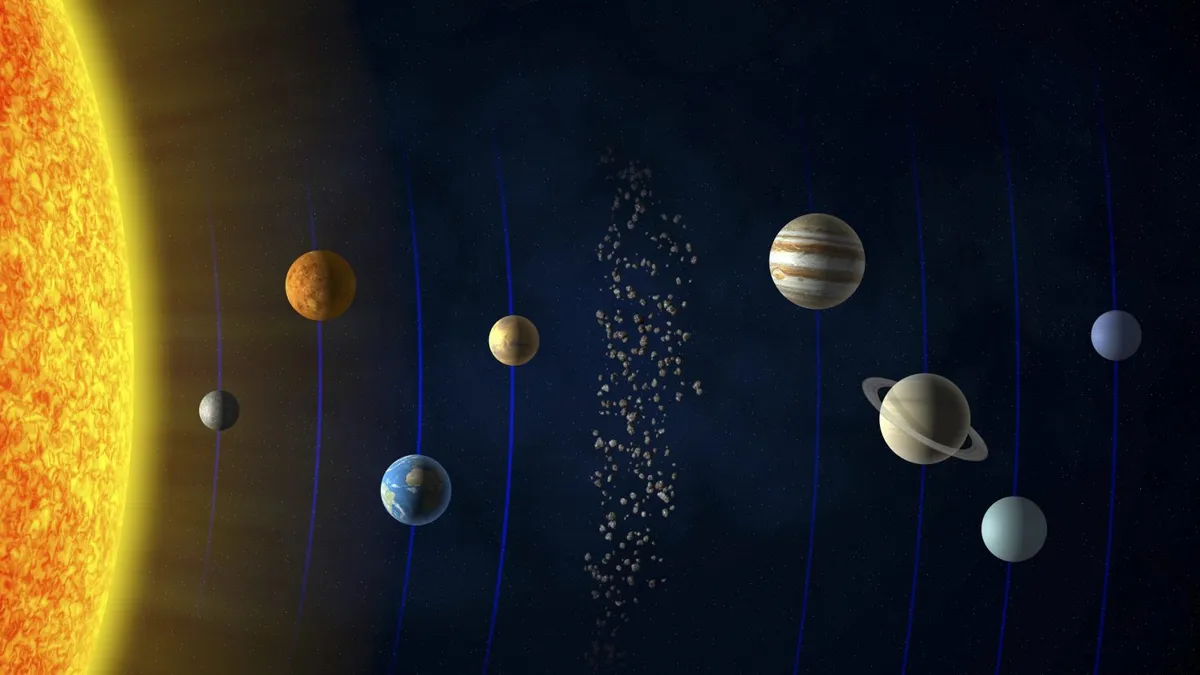
Meanwhile, as all these discoveries were being made and discussed in letters and society meetings across Europe, William Herschel was beginning to voice concerns. After all, his had been the first planet to be discovered since antiquity, and the first by a named discoverer.
This small flurry of additional findings seemed (in his eyes) to rather dilute this achievement. In a rather long article in the Philosophical Transactions of the Royal Society (May 1802), he set out to analyse these new discoveries, determinedly not referring to them as planets.
They were, he explained in his abstract, too small for that name, and rather oddly he preferred to call them stars.
Towards the end of the paper, he proposed a new name, 'asteroids', declaring that "These bodies will hold a middle rank, between the two species that were known before," by which he meant planets and comets. It took a while, but by the mid-19th century that name had stuck.
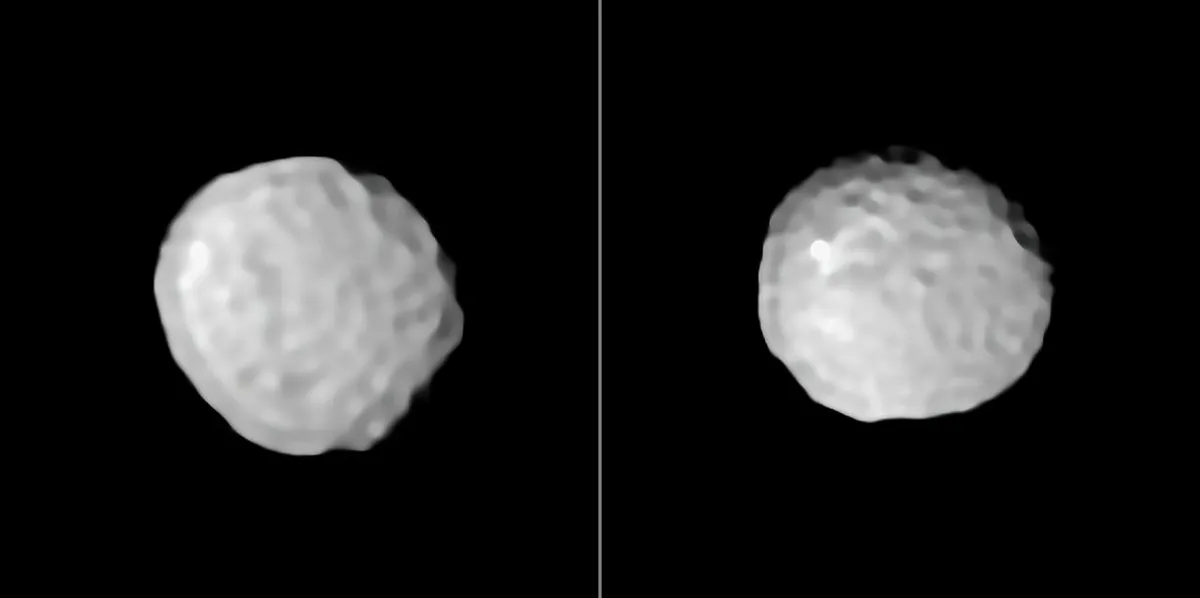
The Celestial Police continued to search for asteroids for another eight years after Vesta’s discovery, but with no luck.
By 1815 they reluctantly concluded there were no more planets or their parts to be found in that
part of the sky. It was to be 30 years before Karl Ludwig Hencke (and in time, others) would prove them wrong.
Of all the asteroids discovered both before and since, Vesta is the brightest and the only one bright enough to be seen with the naked eye thanks to its size and the nature of its surface.
Over the years, astronomers have continued to study these asteroids, steadily getting closer and closer to measuring their various properties, including size and mass.
In the 1880s, Edward Charles Pickering and his team at Harvard College Observatory measured Vesta’s mean diameter to be approximately 513km, those measurements were refined in the 1980s and again in the 1990s, before being finally confirmed by NASA’s Dawn mission.
Facts about asteroid Vesta
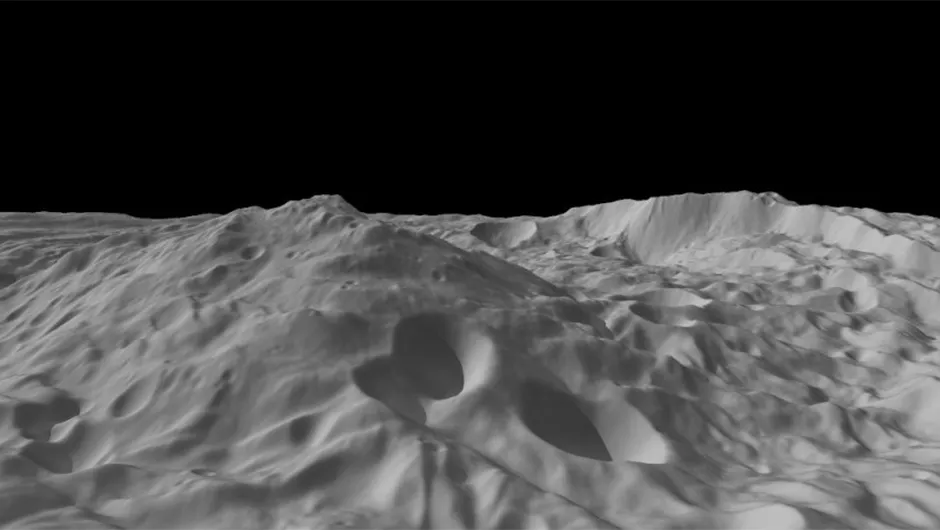
In 1966 Vesta became the first asteroid to have its mass determined, by using observations of its gravitational perturbations on fellow asteroid Arete.
It was measured by Hans G Hertz from NASA’s Goddard Space Center, who estimated Vesta’s mass to be approximately 1.2x10–10 solar masses, an estimate that was further refined to be closer to 1.3x10-10 solar masses by the Dawn mission.
Vesta also has interesting physical characteristics, which again have been further studied and better understood thanks to NASA’s recent Dawn mission.

Vesta is the second most massive body in the asteroid belt (after Ceres) and has a 500km-wide crater on its surface (almost the width of the entire asteroid’s diameter).
The Dawn mission named this crater Rheasilvia after the mother of Romulus and Remus in Roman mythology.
NASA’s Dawn mission was the result of many years of planning and a series of false starts. Proposals had been made since the early 1980s to send a spacecraft to Vesta to study it in more detail, not just by NASA but by ESA and the Soviet Union too, but it wasn’t until the Dawn mission was launched in 2007 that those ambitions were finally realised.
The mission set out to visit both Vesta and Ceres to learn more about these objects, the asteroid belt and the formation of our Solar System.
In the process they were able to confirm or improve on earlier studies of these space rocks.
Emily Winterburn is author of The Quiet Revolutionof Caroline Herschel: The Lost Heroineof Astronomy. This article originally appeared in the March 2021 issue of BBC Sky at Night Magazine.